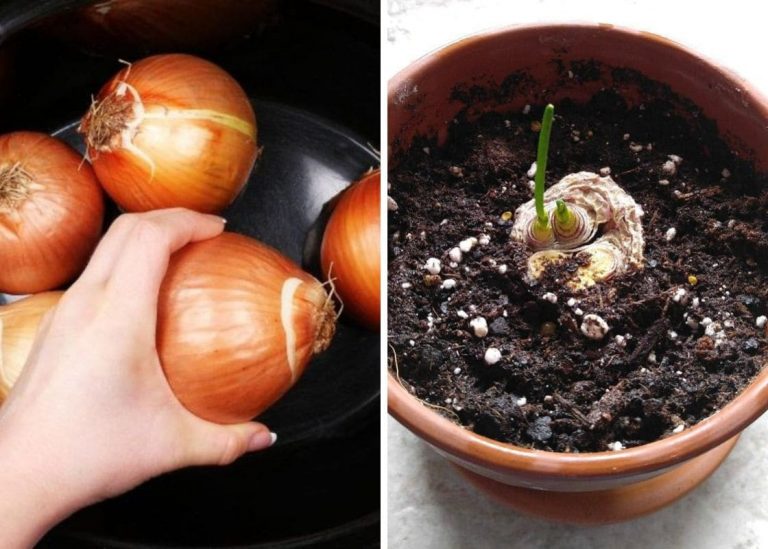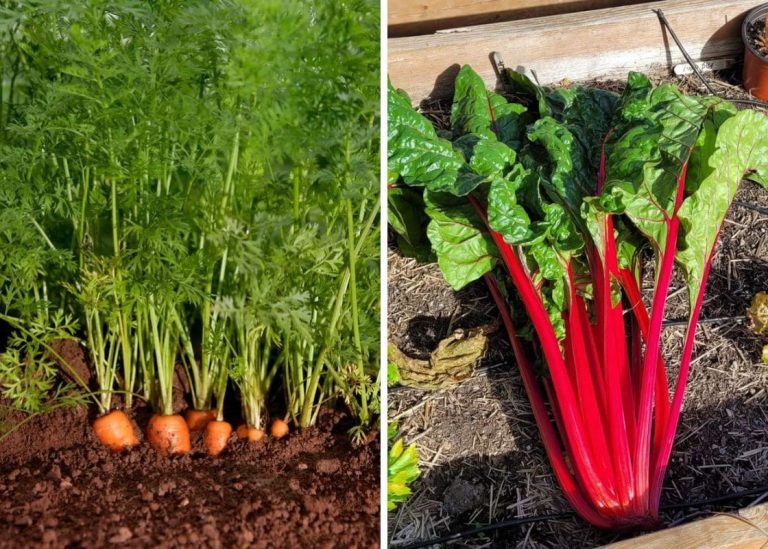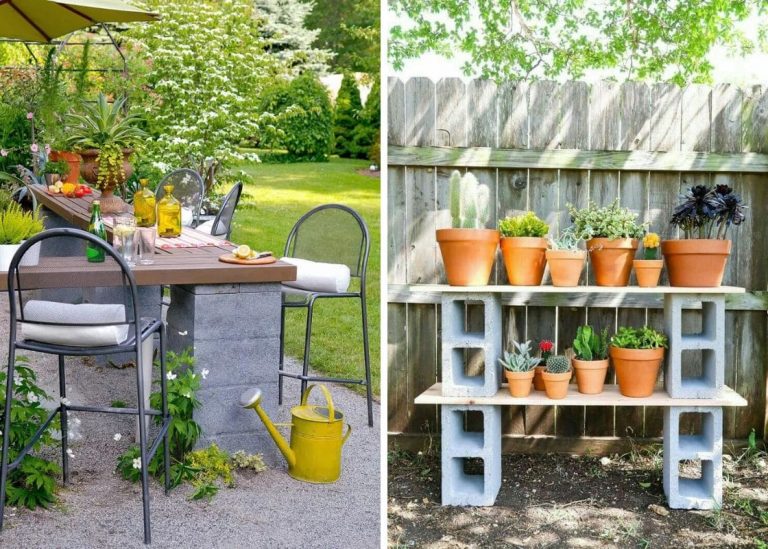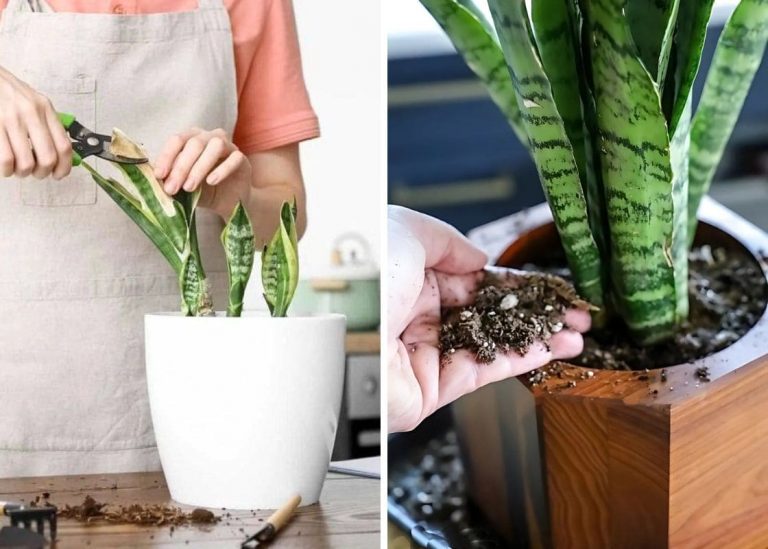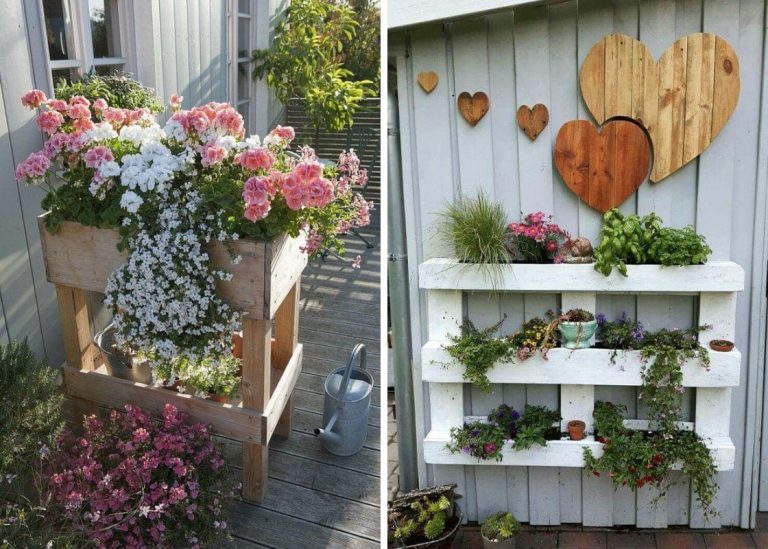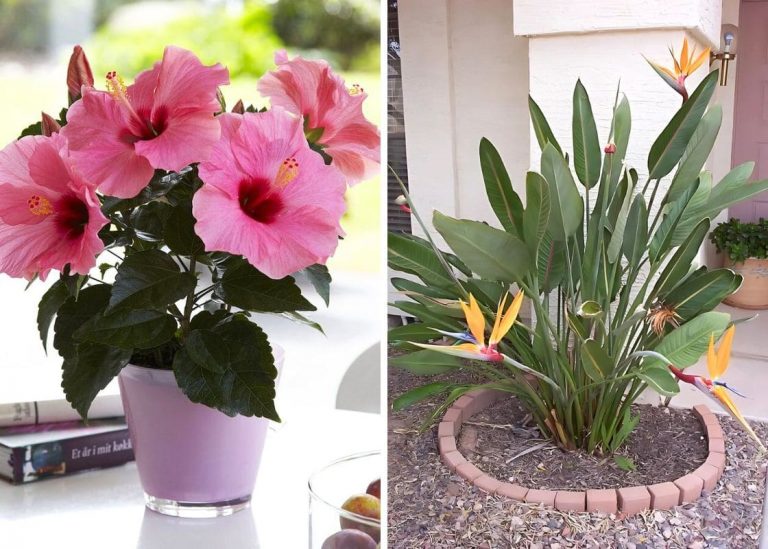Top 10 Mistakes You Need to Avoid When Growing Pumpkins
When I think of pumpkins, my mind doesn’t go straight to the patch—I go back to my grandmother’s kitchen. Late October, flour dust in the air, a warm pie cooling on the counter, and pumpkin seeds roasting in the oven. I was just a kid, sitting cross-legged on the linoleum floor, waiting for a slice and marveling at how something so big and round and silly-looking could taste that good.
When I decided to grow my own to cook some yum food, I thought it would be simple—toss some seeds into the soil, water now and then, and wait. But pumpkins, I quickly learned, have their own rules. They’re generous, yes, but also particular. They need space, timing, and a bit of planning.
I’ve planted the wrong variety, watched vines suffocate each other, fought off powdery mildew like a garden gladiator, and forgotten to hand-pollinate during a sluggish bee season. Through it all, I’ve come to see pumpkins as teachers in the patch—offering lessons in timing, patience, and observation.
So if you’re dreaming of golden pumpkins tumbling across your yard this year, let’s make sure you avoid these ten common mistakes—ones I’ve personally made, fixed, and grown from.
#1. Planting Pumpkins at the Wrong Time
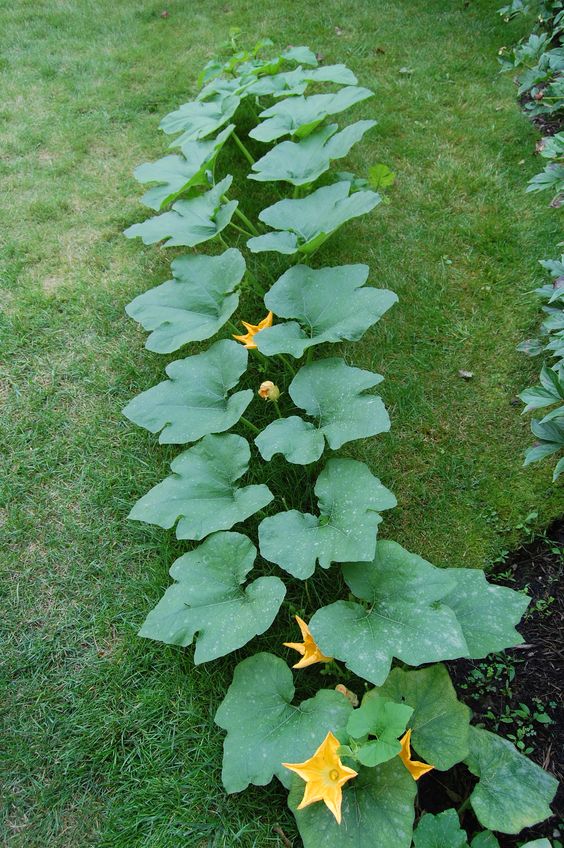
One year, I got overly enthusiastic in late March and popped seeds into the ground after a warm spell. A week later, a surprise frost wiped them all out. That hurt.
Tip:
-
Wait until your soil warms to at least 70°F (21°C) and the last frost has passed
-
In most areas, this means planting in late spring
-
Pumpkin varieties need 75–100 days to mature, so count backwards from your first expected frost
Personal note: I now start seeds indoors in peat pots about 3 weeks before transplanting. It gives me a head start and lets me baby them through unpredictable spring weather.
#2. Choosing the Wrong Variety
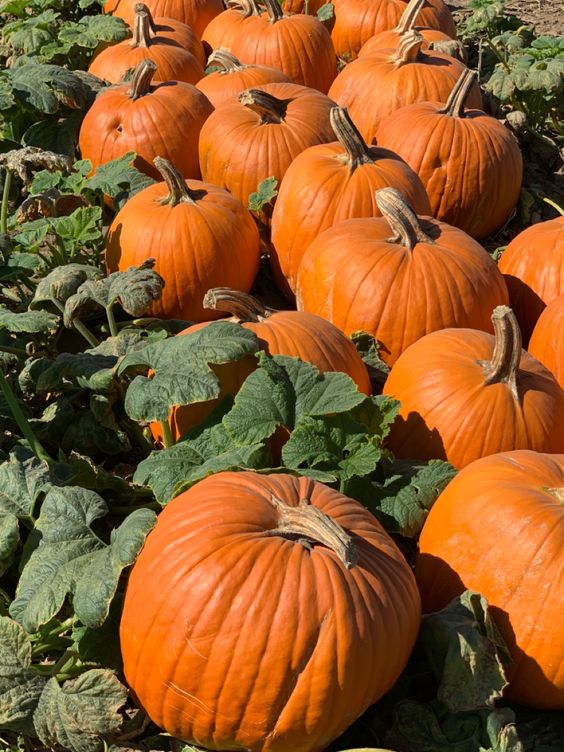
With so many varieties available, it can be tempting to pick a pumpkin that looks beautiful but may not thrive in your specific environment.
If you have a smaller space, opt for smaller varieties like ‘Jack Be Little’ or ‘Baby Boo.’ If you want larger pumpkins, ensure you have ample space for them to spread.
#3. Poor Soil Preparation
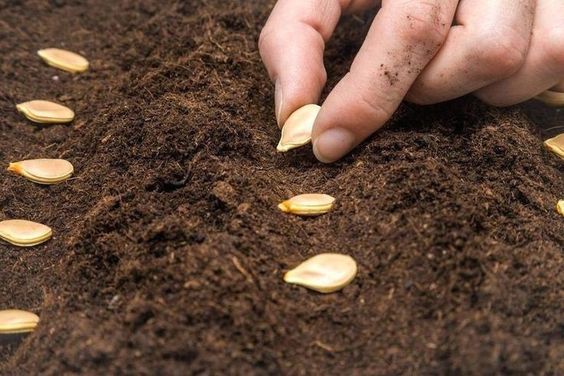
My first pumpkin patch was more like clay than soil. The poor roots didn’t stand a chance. I got flowers but no fruit.
Tip:
-
Pumpkins love loose, well-draining soil packed with organic matter
-
Ideal soil pH: 6.0 to 6.8
-
Before planting, work in compost, aged manure, or leaf mold
Note: I now prep my soil weeks in advance. I dig deep, add compost, and let the bed settle. I also plant pumpkins in hills—mounded soil that drains better and warms up faster.
#4. Overcrowding the Plants
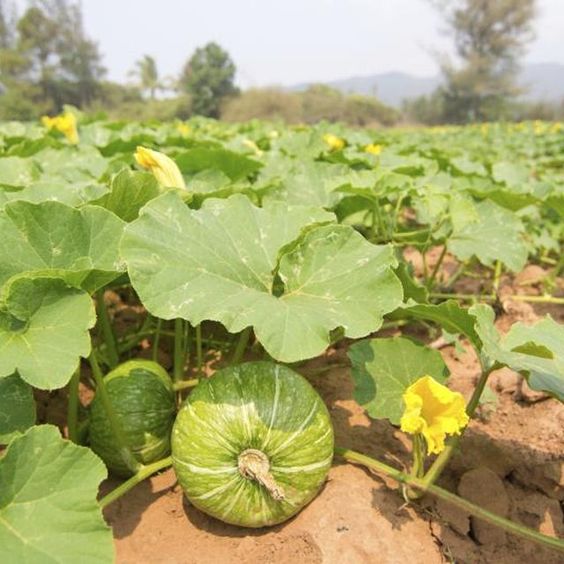
Pumpkins are vine plants, and they need plenty of room to sprawl. When they’re crowded, they compete for sunlight, water, and nutrients, which can lead to stunted growth and an increased risk of disease.
Give your pumpkins room to breathe! Large varieties typically need 4-6 feet between plants, while smaller types can be planted 2-3 feet apart.
#5. Inconsistent Watering
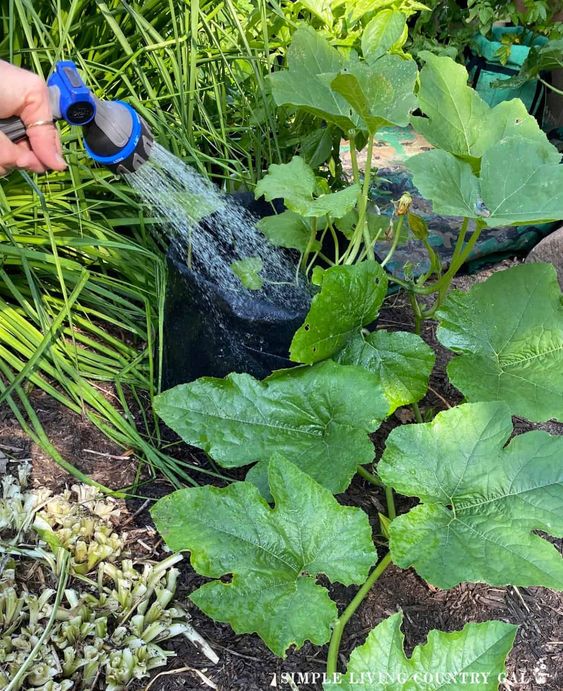
During one hot summer, I forgot to water for several days in a row. Then, in a panic, I soaked the soil. That back-and-forth led to blossom-end rot on most of my fruits—soft, sunken spots that ruined them before they even matured.
Water deeply and consistently, about 1–2 inches per week. Morning watering is best—avoids sunscald and keeps mildew down. Use a soaker hose or drip system to keep foliage dry
Lesson learned: Now I mulch thickly around the base with straw to keep moisture steady. My pumpkins are healthier and the soil stays cool—even in August heat.
#6. Not Providing Enough Sunlight
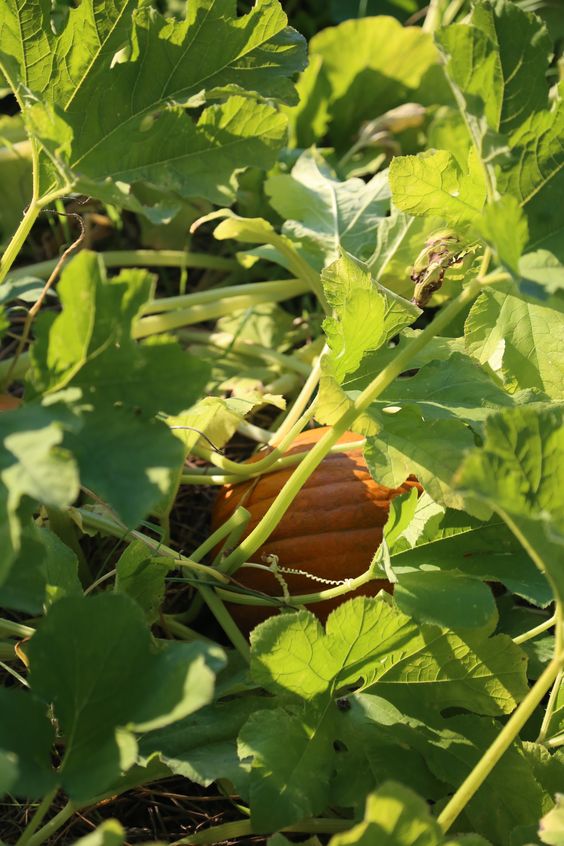
Pumpkins are sun-hungry plants that need at least 6–8 hours of full sunlight each day to thrive. Choose the sunniest spot in your garden and keep the area clear of tall, shadow-casting plants.
#7. Ignoring Pollination Needs
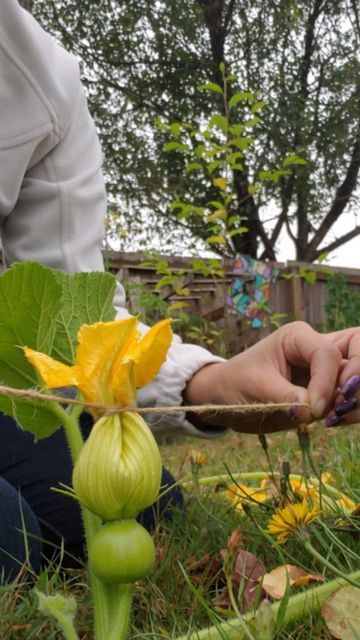
I’ll never forget the year my pumpkin vines were full of flowers but not a single fruit showed up. I kept waiting, wondering, googling—and finally realized the bees weren’t doing their job that year.
Pumpkins need help from bees and pollinators to transfer pollen from male to female flowers. If you see few bees, hand-pollinate in the morning with a small paintbrush or cotton swab.
#8. Skipping Regular Pruning and Vine Management
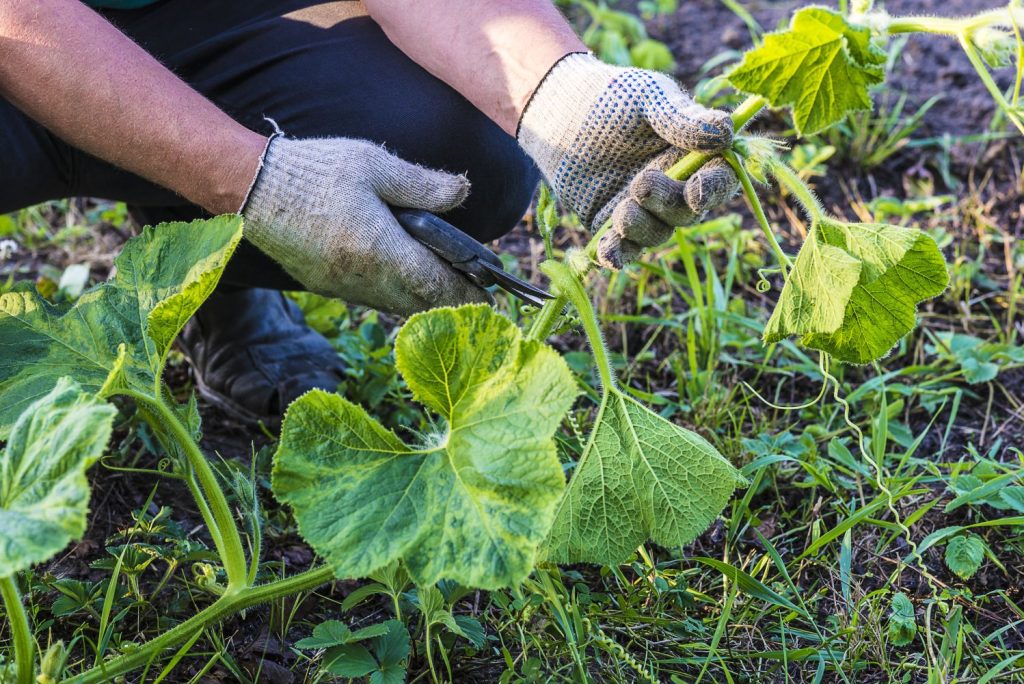
n my early gardening days, I let the vines do whatever they pleased. They curled into nearby beds, tangled through my tomato cages, and produced a dozen tiny, disappointing pumpkins.
Pruning helps focus the plant’s energy on fewer, bigger fruits. Snip off secondary vines after a few fruits have set and pinch excess flowers for better quality.
#9. Neglecting Pest and Disease Control
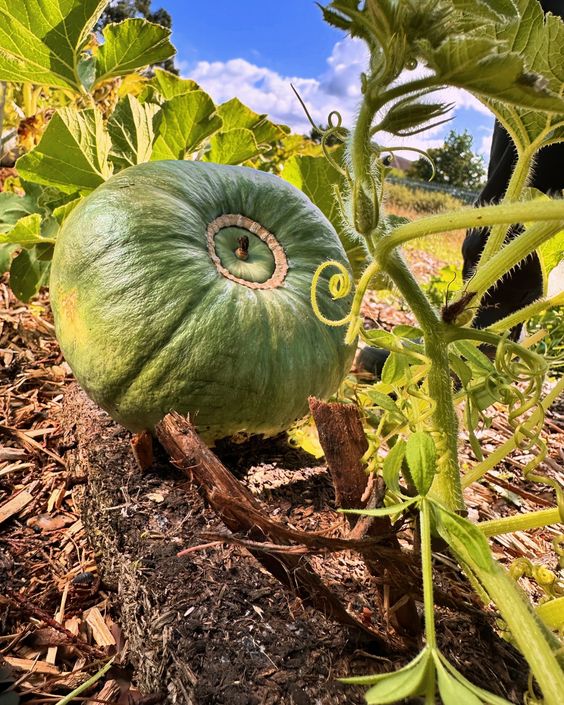
You ever walk out to your pumpkin patch in the morning, coffee in hand, and just know something’s off? That was me one July, staring at curled leaves and a few too many bugs crawling where they didn’t belong.
Here’s my take: don’t wait until it’s a full-blown invasion. Just peek under the leaves every few days—it takes seconds. The moment you spot little gray squash bugs or weird powder on the leaves, grab your neem oil or a soapy spray and get to work. Trust me, early action saves the whole patch.
#10. Harvesting Too Early or Too Late
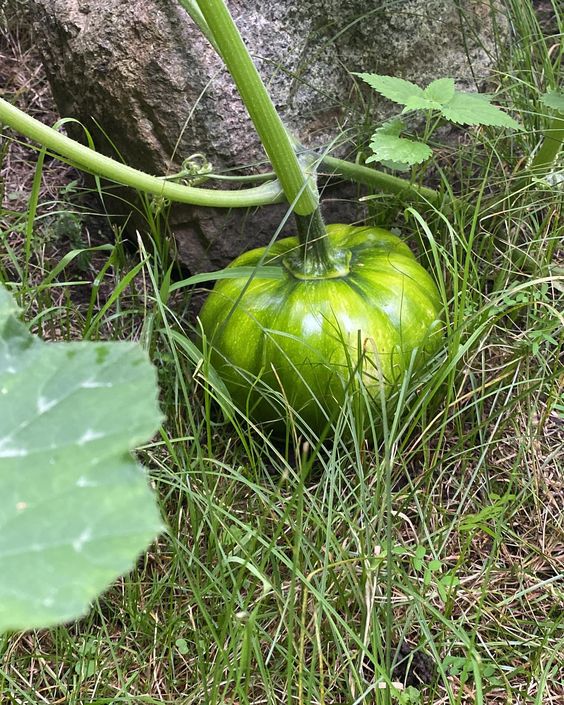
Okay, confession—I once harvested a pumpkin early just because it “looked cute.” It glowed orange and fit perfectly on my windowsill… for three days. Then it got soft, and I realized it hadn’t finished curing on the vine.
Now I do the fingernail test: I press on the skin, and if it doesn’t dent? It’s ready. Oh, and never twist them off! Always cut with a knife or pruner, leaving a good 3–4 inches of stem. It helps the pumpkin last longer, and honestly, they just look prettier with that rustic handle.
Final Thoughts: What Pumpkins Taught Me About Gardening—and Life
There’s a quiet rhythm to growing pumpkins. It starts with a seed you almost forget you planted… then one morning you spot a tendril reaching, a leaf stretching toward the sun, and you remember—something wonderful is unfolding, slowly.
Pumpkins have taught me more than just spacing or watering techniques. They’ve reminded me to slow down, to notice the little things, to stay curious even when things don’t go to plan. One year the vines might run wild. Another, the fruits are few but perfect. And every season, you walk away with something—whether it fits in your arms or stays in your memory.
So don’t worry if your first harvest isn’t flawless. That’s never the point. The real reward is in the waiting, the tending, the trying again.
Let’s keep planting, learning, and sharing. The pumpkins—and the wisdom—will come.

